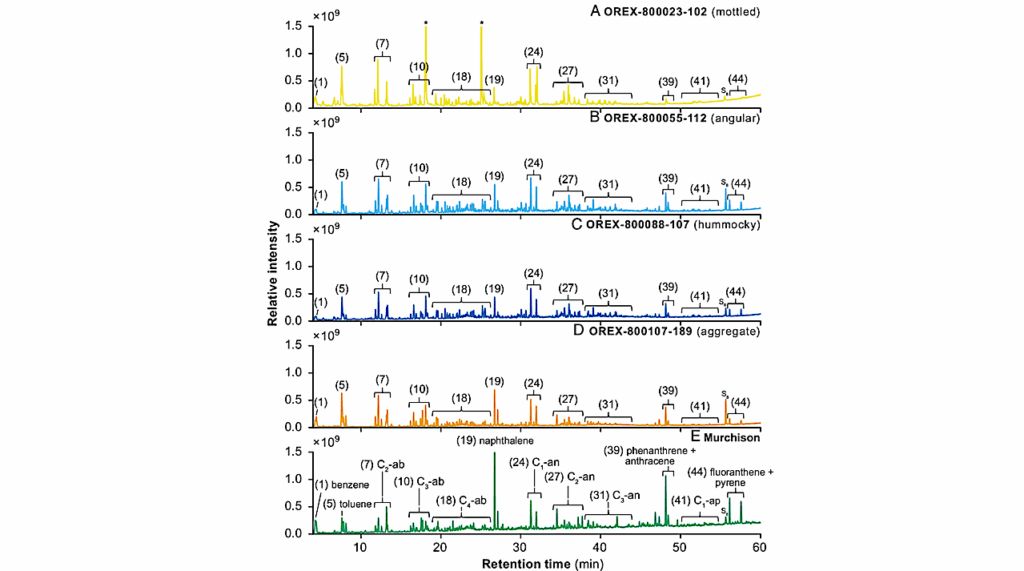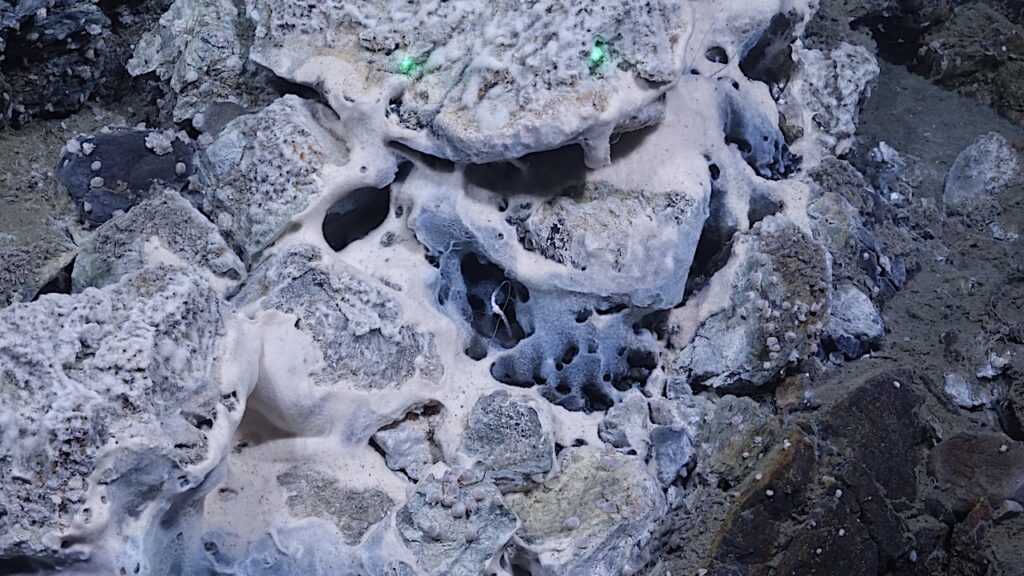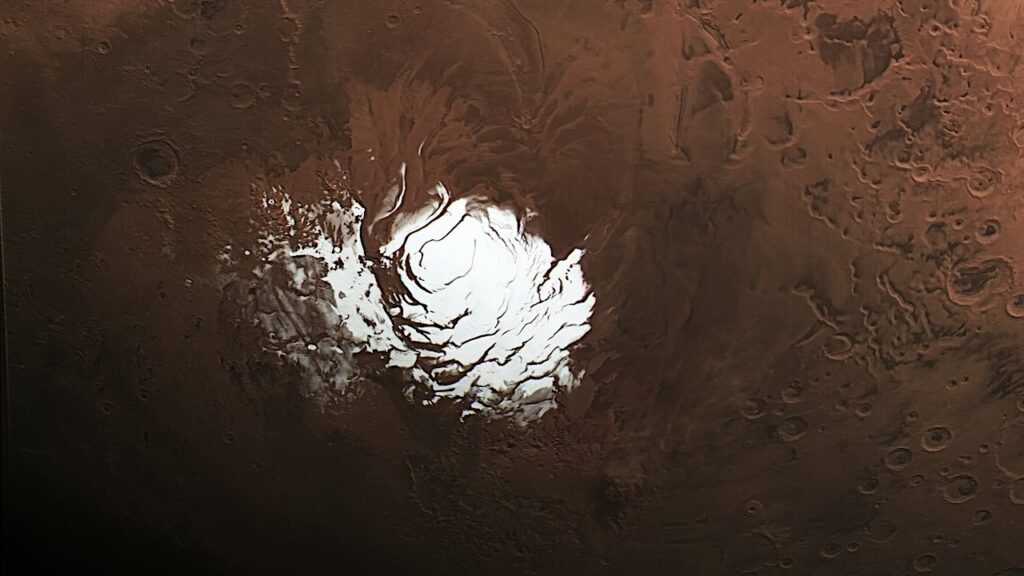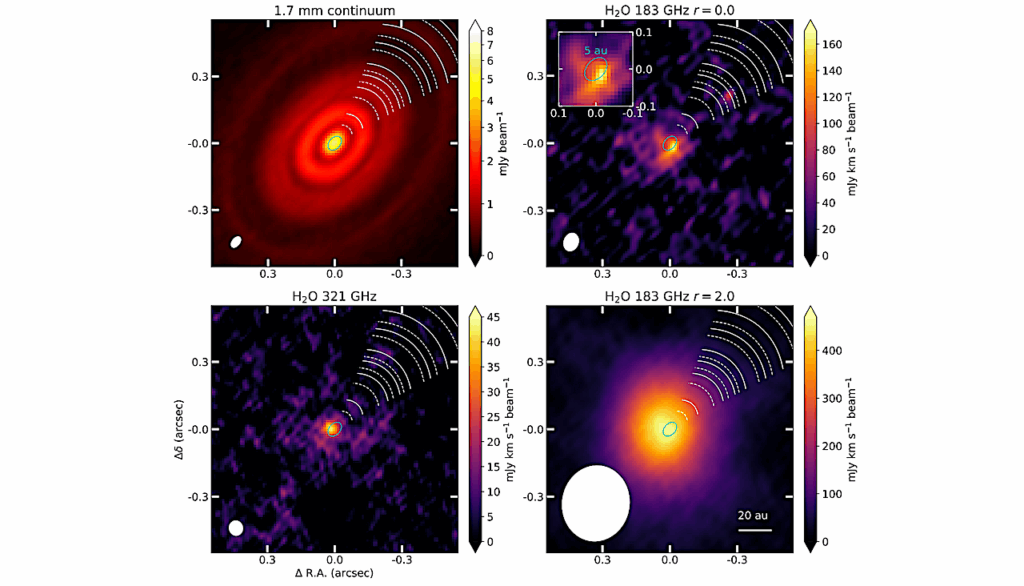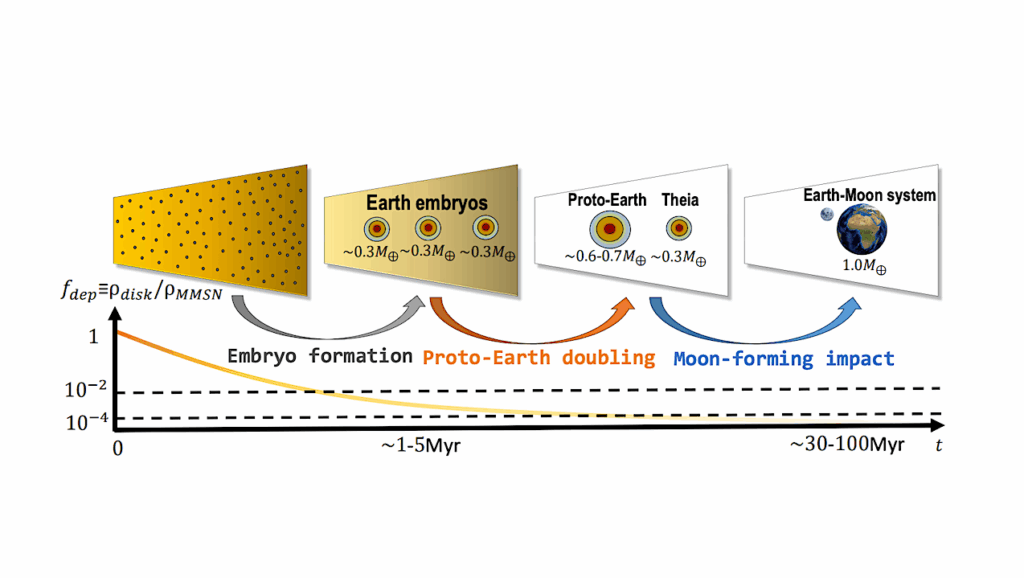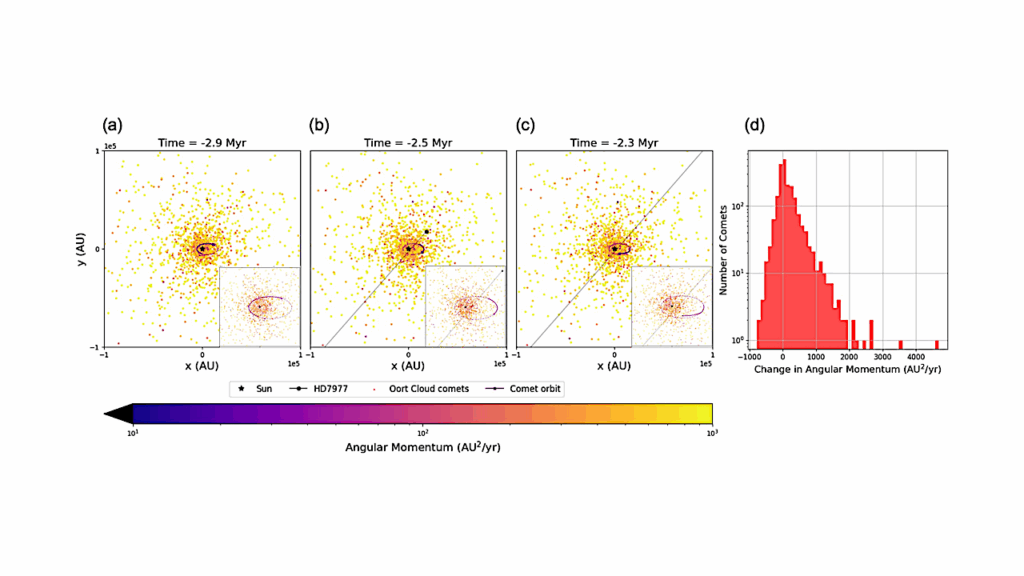Follow the Uranium
Researchers from NAI’s Arizona State University Team and NASA’s Exobiology Program have developed a novel geochemical tool that compares the partitioning of uranium isotopes from seawater into carbonates. A decrease of uranium in seawater is indicative of a lack of oxygen (anoxia) in the ocean.
For the first time ever, this approach has revealed the quantitative levels of dissolved oxygen in ancient oceans at the time of Earth’s largest mass extinction, known as the end-Permian mass extinction, 252 million years ago. Many leading scientific theories on the cause of this catastrophe are based on the assumption of a long-term existence of ocean anoxia before the extinction event itself.
The study began by obtaining a core sample of carbonate rock collected in Dawen in Southern China. This location is known to physically correlate with the Permian-Triassic boundary. The investigators focused upon the strata around the so-called “Extinction Horizon,” or, the “moment” of the mass extinction. This study has quantified the amount of oxygen across the extinction event in the ancient global oceans. Most critically, it revealed that ocean anoxia existed for a much shorter period of time (~10,000 years) before the extinction event than was previously estimated (>100,000 years). This new insight greatly constrains possible explanations for the cause of the mass extinction event. The team’s paper is published in a recent issue of PNAS.
Source: NAI Newsletter


